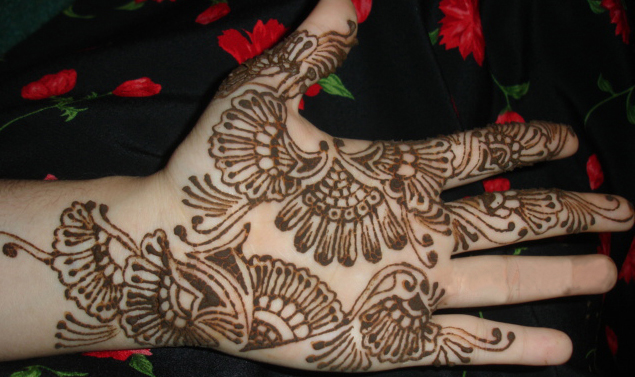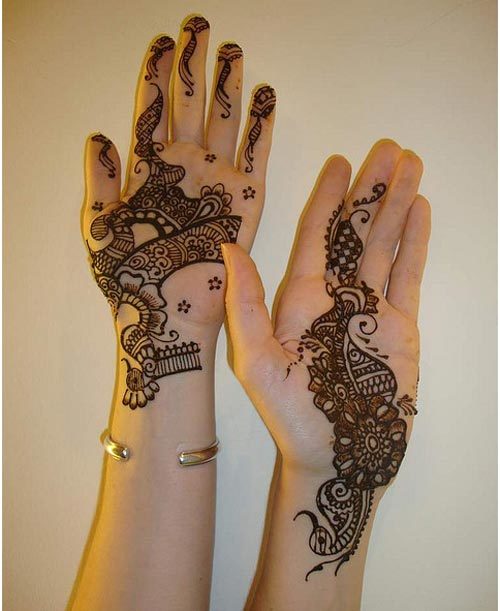Mehndi Accessories (1)Biogarphy Photos Pictures Pics Images
Source(google.com.pk)
Henna, also called mehndi and mehandi, is an all-natural, reddish brown body stain that
looks like a tattoo but isn’t. The paste made from the dried, ground leaves of the henna
shrub, Lawsonia Inermis and a liquid solution that varies from place to place and person
to person, has been in use as a cosmetic from ancient times. Some of the earliest records
that we have shows its use in Ancient Egypt where it was used to stain the hands, feet
nails and to colour and condition the hair. Traces of henna have even been found on the
nails of mummified Pharoahs. In the days of the Pharoahs the wearing of henna was a
mark of being of the higher classes, if you could take the time needed to apply and care
for your skin you obviously lived a life of luxury, over time that changed and every
woman be she of high or low birth, country or city born had henna applied to her skin,
many at least twice a year for special occasions.
In period Persia and Turkey had some of the most intricate and elegant henna patterning
in the Islamic world. Miniatures and pottery pieces from 900 to 1550 AD show elegantly
patterned dark henna. Some other cultures that used henna for body adornment are
Arabia, Crete, Egypt, Algeria, Yemen, Cyprus, Morocco, Spain, Thailand and Sicily.
Mehndi Accessories (1)Photos Pictures Pics Images
Mehndi Accessories (1)Photos Pictures Pics Images
Mehndi Accessories (1)Photos Pictures Pics Images
Mehndi Accessories (1)Photos Pictures Pics Images
Mehndi Accessories (1)Photos Pictures Pics Images
Mehndi Accessories (1)Photos Pictures Pics Images
Mehndi Accessories (1)Photos Pictures Pics Images
Mehndi Accessories (1)Photos Pictures Pics Images








No comments:
Post a Comment